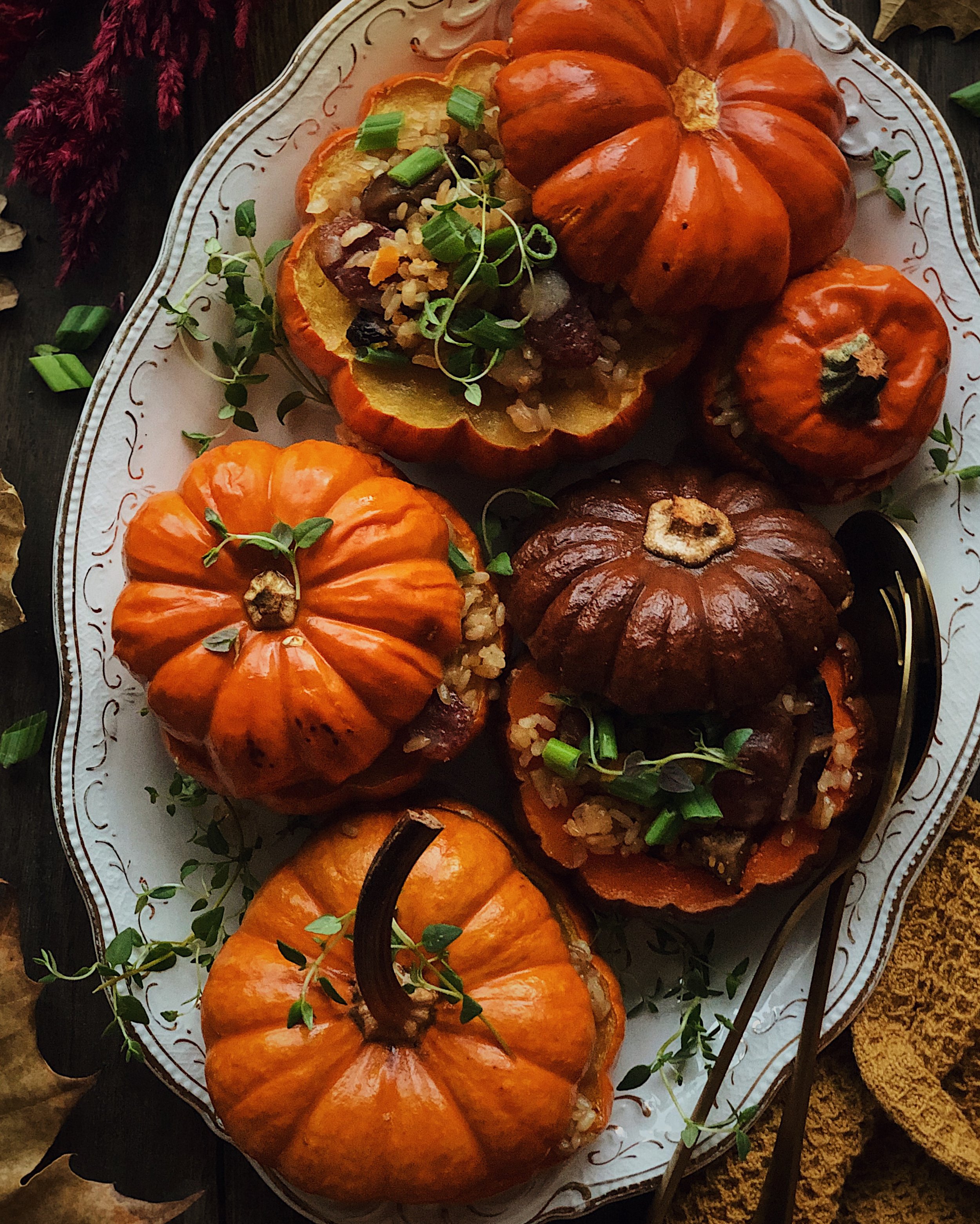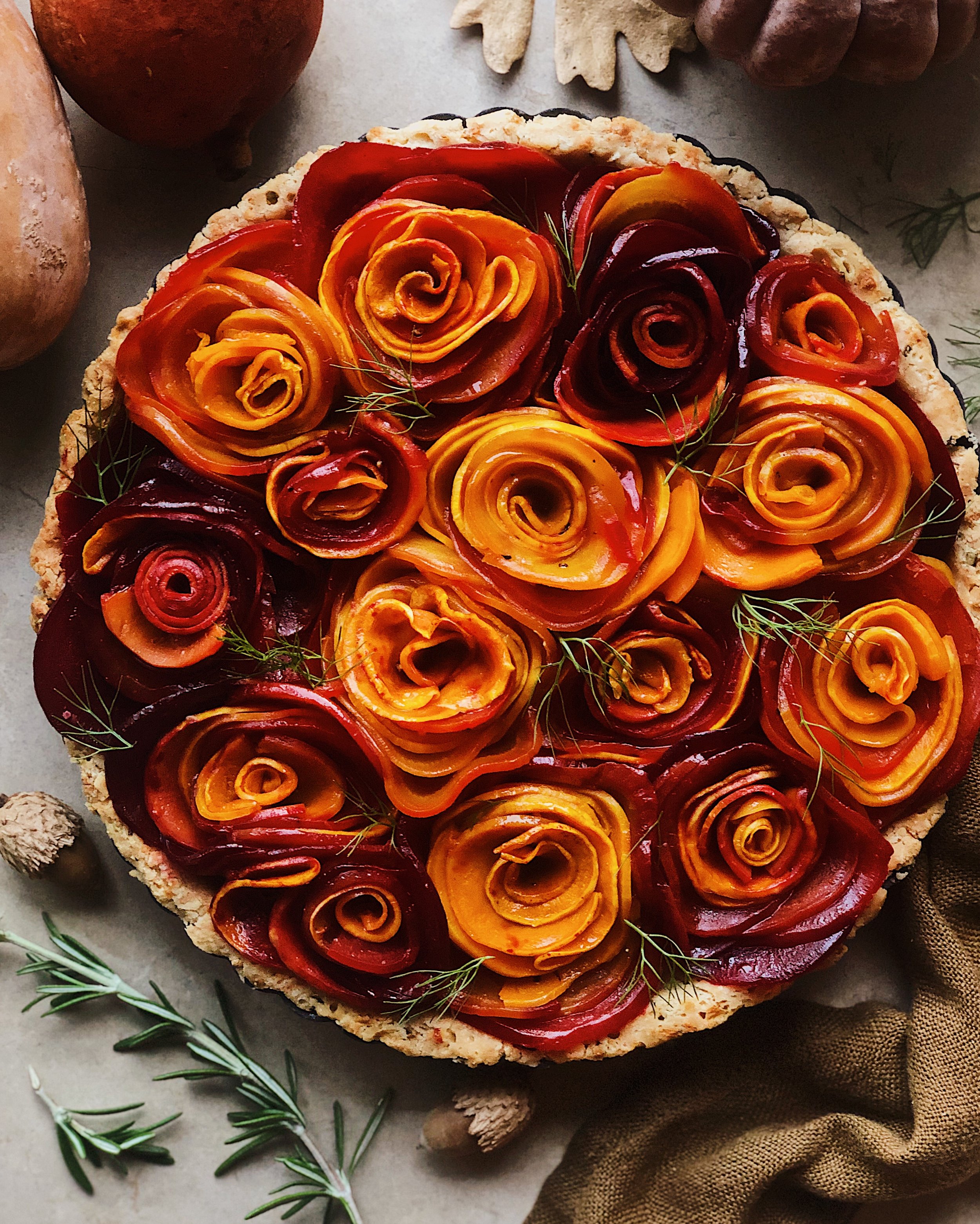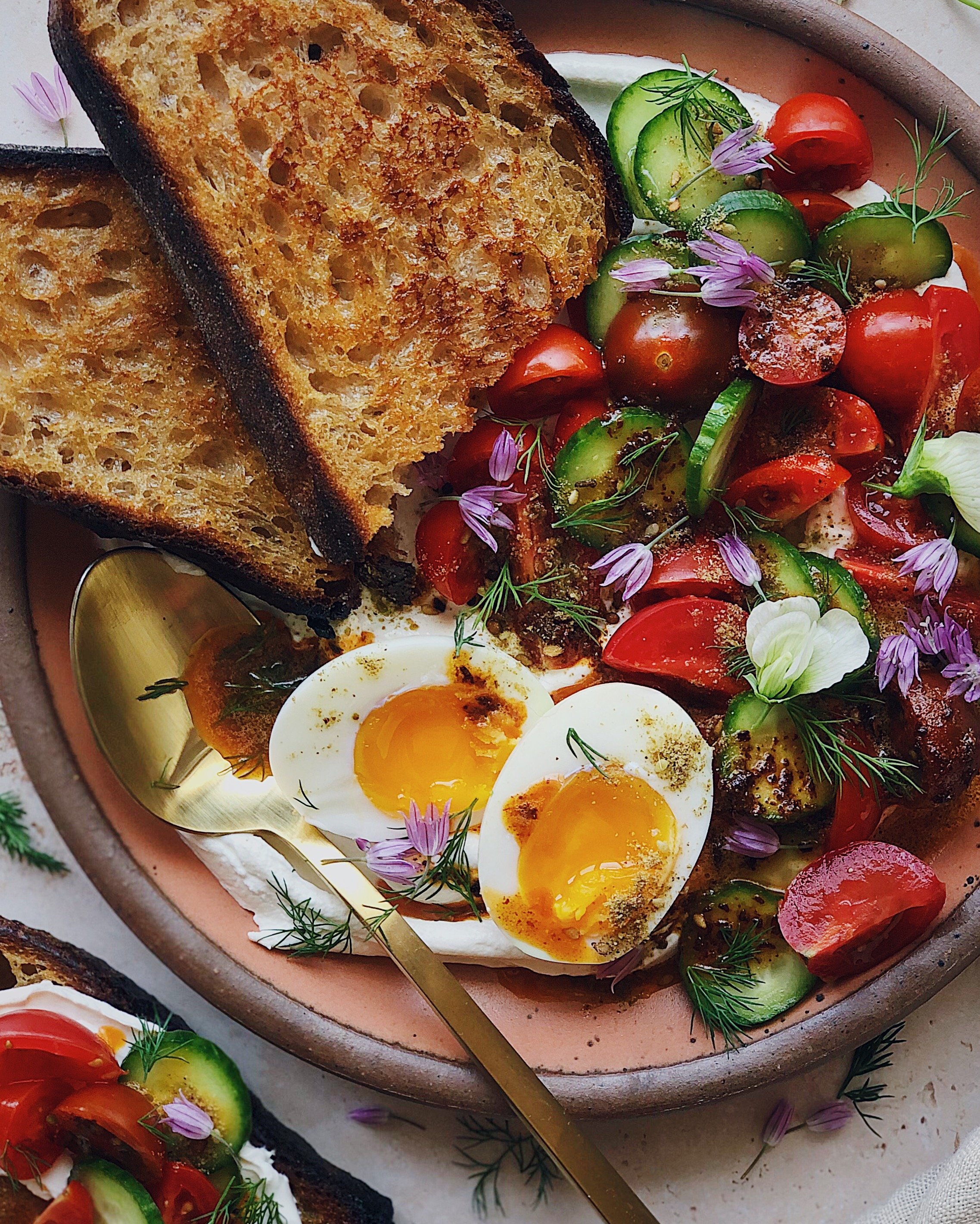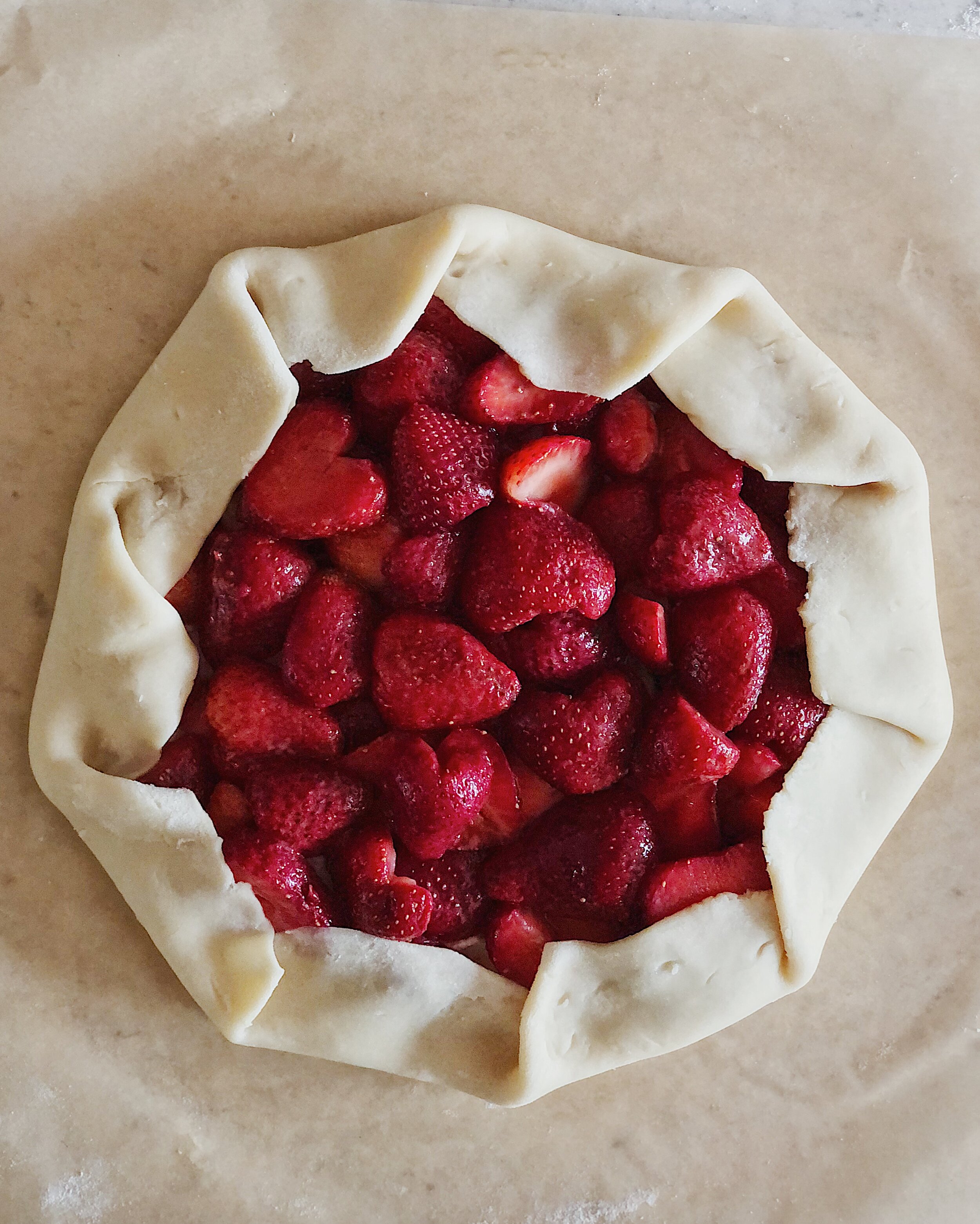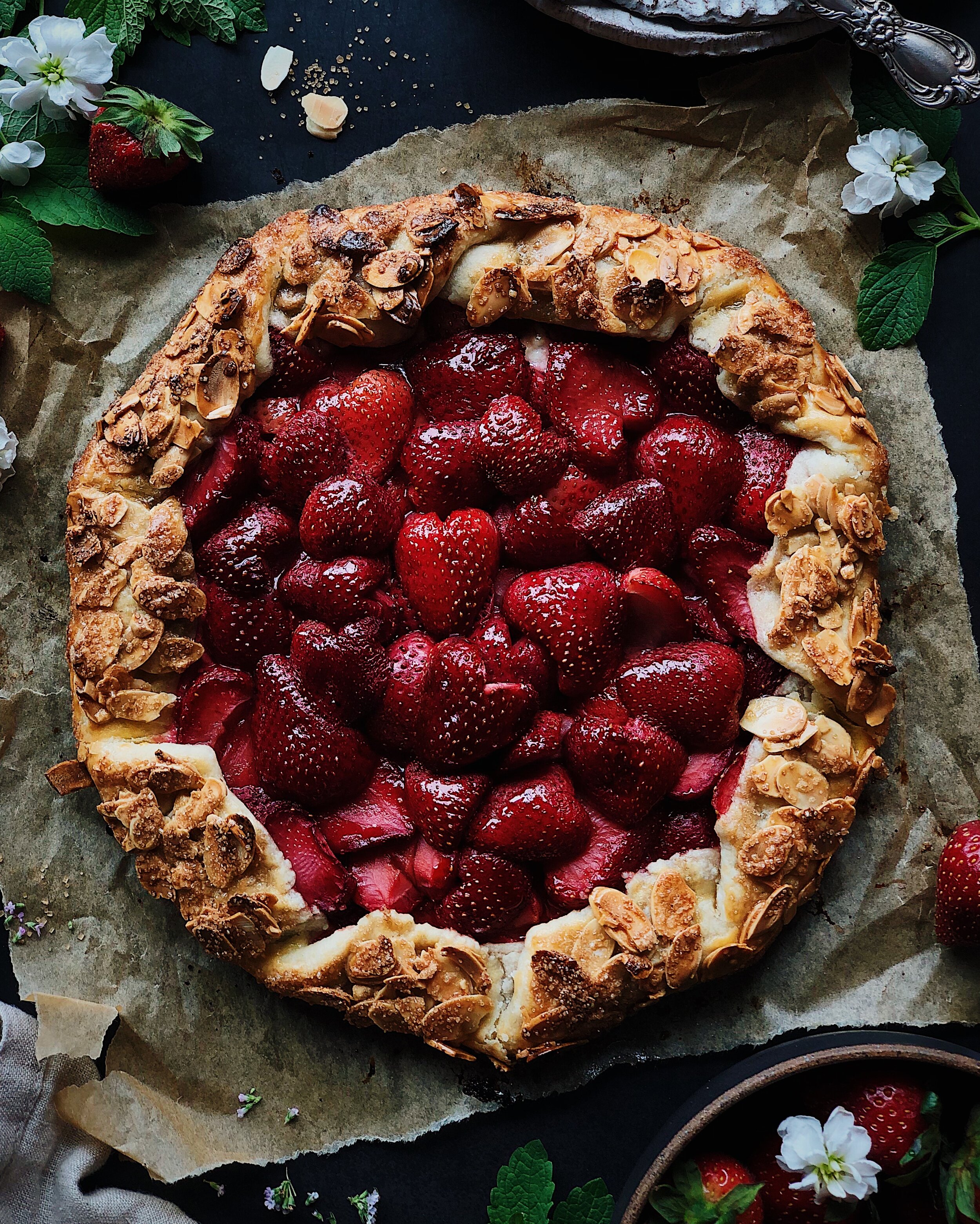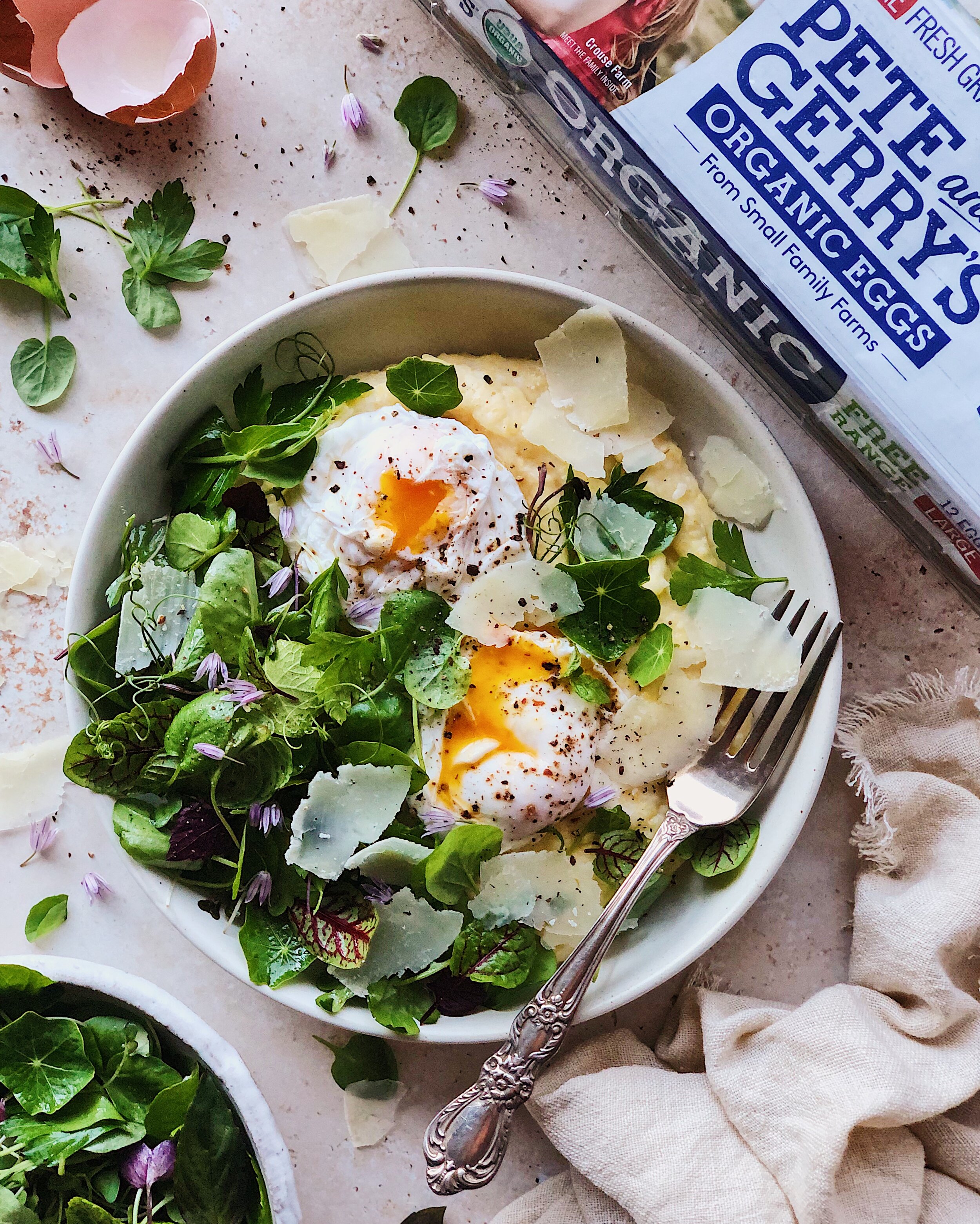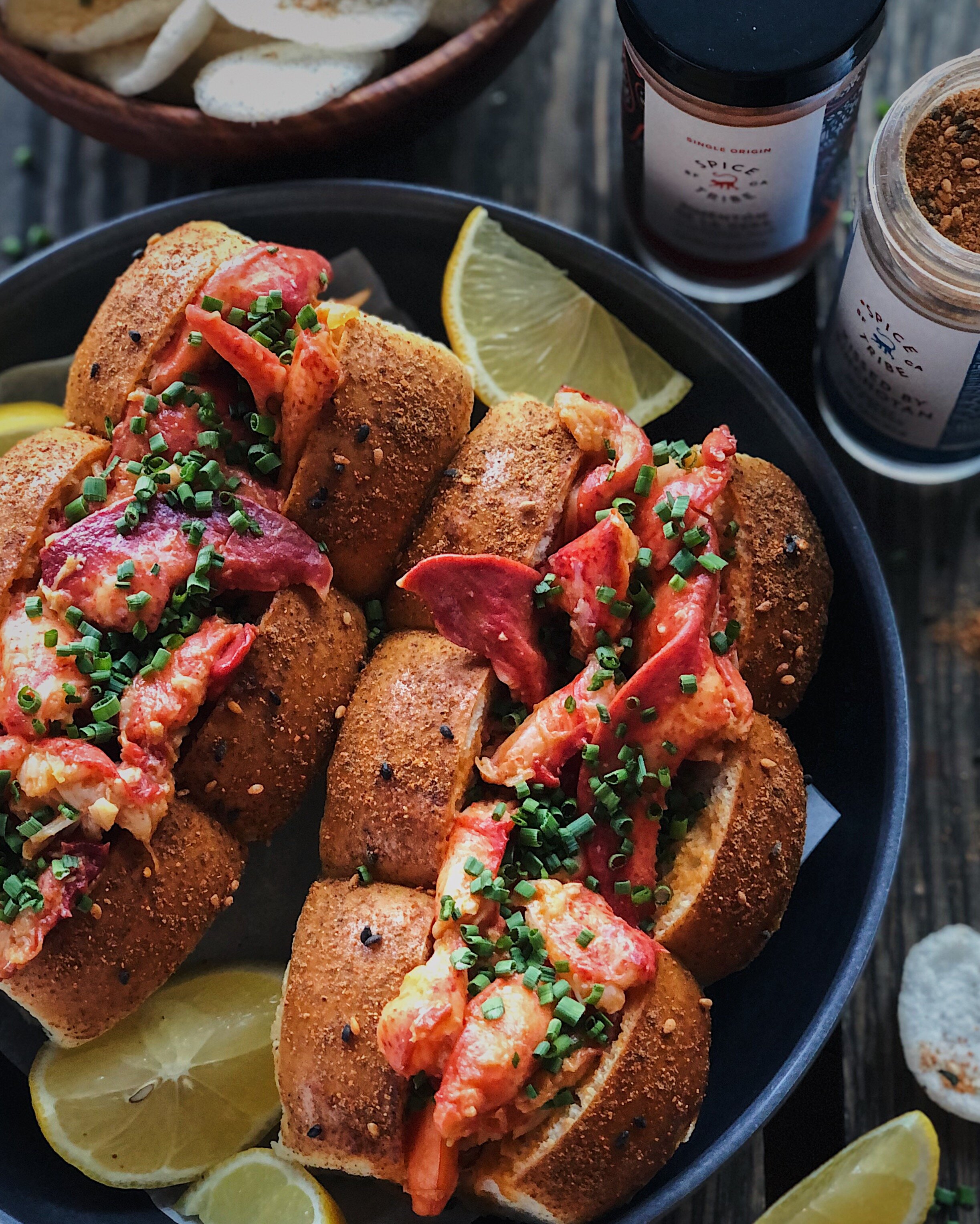Inside-Out Pizza Toasts
/The last time I shared a photo of pizza toast on Instagram, I got a surprising number of people asking me for a recipe. Though I am always filled with gratitude when someone tells me they feel inspired to recreate something I shared, in this case I was also slightly disheartened, if I am being completely honest; pizza toast, or at least some rudimentary version of it, was one of the very first foods I made for myself as a child, so to me, it should always be something borne of imagination and improvisation, and one should never feel beholden to following a recipe for it.
One kind soul clarified, however, that they wanted the recipe for my garlicky tomato sauce. Okay, that’s fair! So this time around, I really wanted to make the sauce the star of the pizza toasts, and I kind of have a recipe to share for them now. I was inspired by Detroit style pizza (which I’ve been really into lately) to use the sauce as a topping. The sauce in this recipe is going to be thicker than what you would normally find on pizza, because the time in the oven is going to be much less and you want the flavor to have a big impact. As such, the sauce also features my special ingredient for any tomato-based recipe: fish sauce! Trust me, the fish sauce is a game changer when added to tomato sauce.
Beyond the sauce, however, feel free to add your choice of toppings. I kept it very simple: a very very thin layer of sauce on the bread, gobs of mozzarella melted on, and slices of homemade pickled Fresno chilies. Then, dollops of more thick sauce and basil added after the oven. But do not allow yourself to be confined by this recipe—pizza toast is only limited by the boundaries of your pizza toast eating desires.
How to Make Inside-Out Pizza Toast
Ingredients for the sauce
4 cloves garlic, chopped
1 tsp good olive oil
8 oz canned tomato sauce
a splash of water
2 tbsp tomato paste
2 tsp harissa paste
1 1/2 tsp sugar
1 tsp fish sauce
2 pinches dried oregano
Ingredients for the Toasts
4 slices of good bread
~ 8 oz fresh mozzarella, sliced or torn
sweet pickled chilies
fresh basil leaves
Procedure
Preheat oven to 400°F.
Sauté the garlic in olive oil until fragrant.
Add tomato sauce, a splash of water to rinse out the can, and all the other sauce ingredients. Simmer on low, stirring occasionally, until the sauce thickens; when dragging a spoon along the bottom of the pot, it should close up very slowly.
Spread the thinnest layer possible of sauce on each slice of bread. Place bread on an unlined baking tray* and dot with mozzarella, then top with pickled chilies (or whatever toppings you want).
Bake the toasts at 400°F for 3–4 minutes, or until the bottom of the bread is lightly toasted, then broil the toasts until the cheese is bubbly. Top with dollops of the remaining prepared sauce, and then with basil leaves.
* Seriously, do not line your tray with parchment paper! I tried this before with visions of easy clean-up dancing in my head, and quickly learned that parchment paper + open flame broiler does not make a successful toast!
For more toast inspiration, check out all the posts with the “toast post” tag here.









